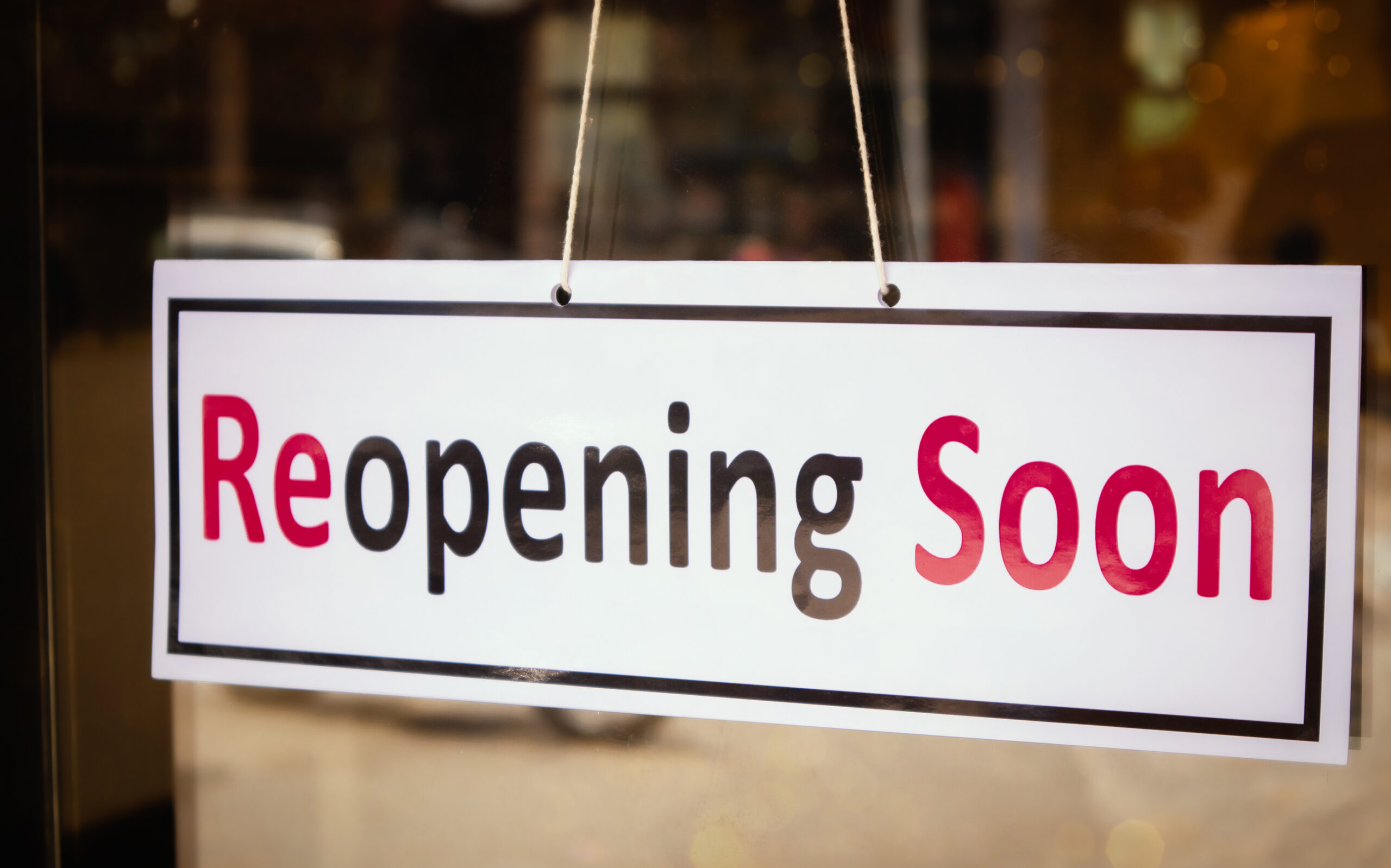The restaurant industry in the United States – and worldwide – is in crisis. The New York Times reports that industry analysts expect that as many as 75% of independent restaurants could end up closing as a result of the COVID-19 pandemic and the ensuing lockdowns that have restricted in-store dining across the nation.
 It’s a grim picture, and it has left restaurants scrambling for ways to stay afloat without any idea of what tomorrow might bring. But there are clear steps that restaurant operators can take today to lay the foundation – or at least the hope – for staying open long enough to see the other side of the crisis.
It’s a grim picture, and it has left restaurants scrambling for ways to stay afloat without any idea of what tomorrow might bring. But there are clear steps that restaurant operators can take today to lay the foundation – or at least the hope – for staying open long enough to see the other side of the crisis.
1: Set up and expand delivery and takeout options
Even in places where local shelter-in-place orders haven’t closed in-store dining, restaurants are still seeing reduced traffic. Delivery and takeout are the only options to satisfy guests who can’t or won’t eat in. Many third-party delivery services are trying to offer improved terms for restaurant operators, but now is a good time to look at setting up direct delivery programs, even if it means managers and owners are delivering meals themselves. Most importantly, communicate new dining options to customers through every available channel.
2: Get creative.
Simply switching over to delivery and takeout with no other changes may not be enough to keep a restaurant afloat. Think outside the box. CNBC reports that some restaurants have transformed themselves into makeshift grocers and Community Supported Agriculture (CSA) operations. Washington, DC-based Walter’s Sports Bar, for example, has begun selling bundles of vegetables. Others have re-worked their menus to focus on more cost-efficient offerings, e.g. family-style meals instead of à la carte menu items or assembling cook-it-yourself meal kits. Some restaurants have put new focus on non-food sales like gift cards and wine.
3: Enforce rigorous food safety practices.
Although transmission of COVID-19 does not appear to be linked to food consumption, it’s nevertheless more important than ever to enforce rigorous hygiene and sanitation practices if restaurants want to protect their staff and their guests against both foodborne illness and against the coronavirus. It’s also never been tougher: with reduced staffing and other pressing demands, restaurants may struggle to find the time to do all checks. Consider switching away from time-consuming and error-prone paper-based processes, in favor of digital food safety apps and systems that can reduce labor while still ensuring compliance with safety and wellness checks
4: Be conscientious about staff wellness.
Staff working while sick will worsen every other problem that restaurants face today. Implement every possible safeguard against this potential issue. Be proactive: restaurants, in accordance with guidance from the U.S. Centers for Disease Control (CDC) and the World Health Organization (WHO), should incorporate employee wellness checks alongside their normal food safety and quality checks. They will also need to ensure that previously ill staff members meet all wellness criteria before returning to work. The ComplianceMate C-19 app incorporates both wellness checks and COVID-19 specific procedures, kept continually updated with CDC and WHO guidance.
5: Take advantage of the CARES Act.
The Coronavirus Aid, Relief and Economic Security, or CARES Act – which is the so-called Phase 3 of emergency relief measures being passed by Congress – includes provisions that can help the restaurant industry. Cash flow is very likely to become an existential issue, as restaurants will be unable to sustain cash flow or credit if closures last for months. The CARES Act includes small business loans up to 250% of the operation’s average monthly payroll cost with no collateral or “credit elsewhere” requirements. The loan can be forgiven entirely if employers maintain their workforce or rehire laid off employees.
{{cta(‘1559bd08-8779-4c2e-95ff-d8a91a5447ca’,’justifycenter’)}}


